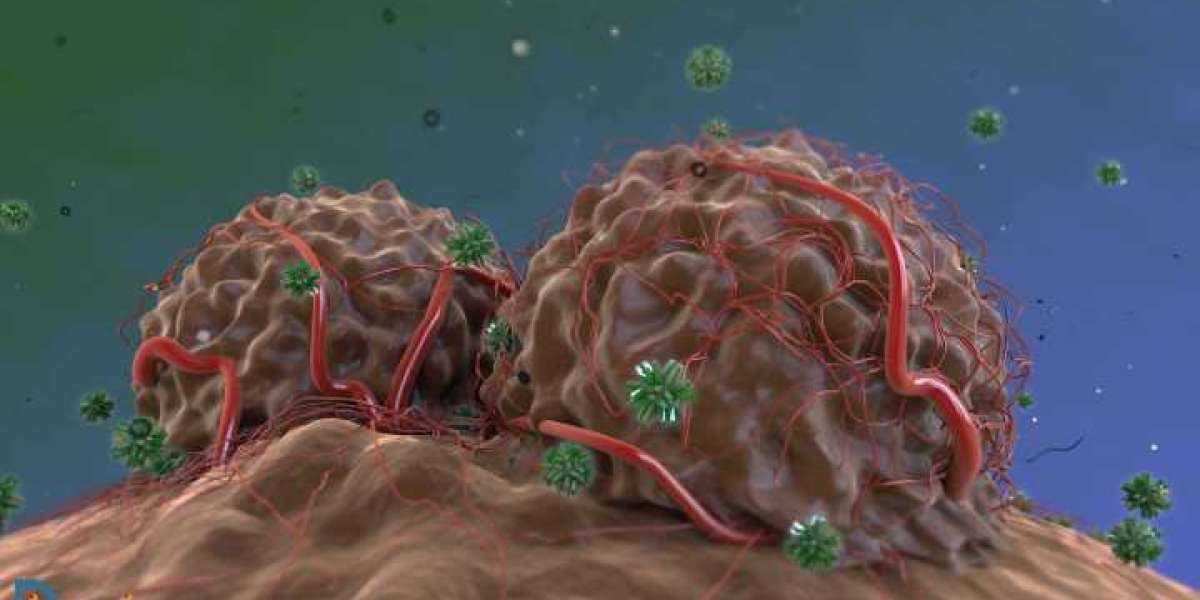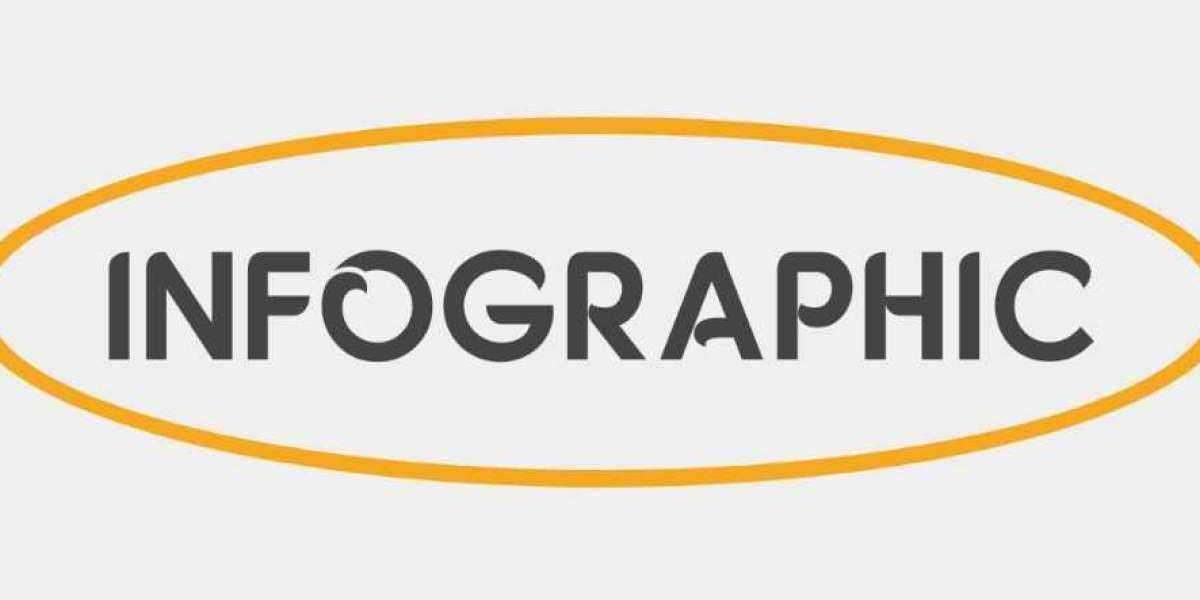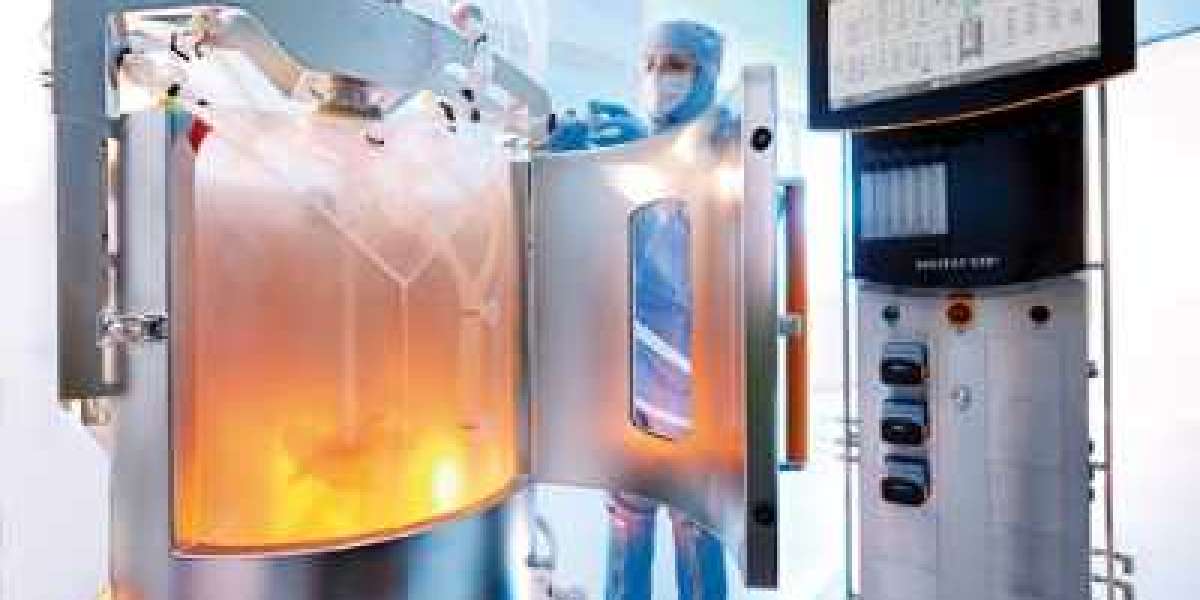1. Understanding Duchenne Muscular Dystrophy
Duchenne Muscular Dystrophy is a genetic disorder caused by mutations in the DMD gene, which is responsible for producing dystrophin—a crucial protein that helps protect muscle fibers. Without sufficient dystrophin, muscle cells become vulnerable to damage, leading to progressive weakness and loss of mobility. DMD primarily affects boys, with symptoms typically appearing in early childhood.
2. The Breakthrough of ELEVIDYS
ELEVIDYS is the first gene therapy developed specifically for DMD. Its design focuses on delivering a micro-dystrophin gene using an adeno-associated virus (AAV) vector. This micro-dystrophin is a shortened version of the dystrophin protein, tailored to fit within the constraints of the viral vector while retaining essential functions to stabilize muscle fibers.
Key Features of ELEVIDYS:
- Targeted Gene Delivery: The therapy aims to provide muscle cells with the necessary genetic material to produce micro-dystrophin, addressing the root cause of DMD rather than just managing its symptoms.
- Single Treatment: ELEVIDYS is administered as a single intravenous infusion, simplifying the treatment process for patients and families.
3. Clinical Evidence and FDA Approval
The approval of ELEVIDYS was based on promising results from clinical trials, which demonstrated its ability to significantly increase micro-dystrophin levels in muscle tissue. Participants showed improvements in motor functions, such as standing and walking, indicating a positive response to the therapy.
Notable Clinical Findings:
- Increased Micro-Dystrophin Levels: Muscle biopsies revealed significant levels of micro-dystrophin, correlating with improved muscle health.
- Enhanced Motor Function: Many patients experienced meaningful improvements in physical abilities, contributing to a better quality of life.
4. The Patient Journey: From Research to Treatment
For patients considering ELEVIDYS, understanding the treatment pathway is crucial:
- Eligibility Assessment: Patients typically between the ages of 4 to 5 years with confirmed DMD and specific genetic mutations are considered for treatment. A thorough evaluation by a healthcare team specializing in DMD is essential to determine eligibility.
- Pre-Treatment Preparation: Before administration, patients undergo genetic testing and health assessments to ensure they are suitable candidates for the therapy.
- Administration of Therapy: ELEVIDYS is delivered through an intravenous infusion, usually in a clinical setting, allowing for close monitoring during and after the procedure.
- Follow-Up Care: Post-treatment, patients require ongoing monitoring to evaluate the therapy's effectiveness and manage any potential side effects, ensuring that their healthcare needs are continuously addressed.
5. Potential Risks and Considerations
While ELEVIDYS offers promising benefits, potential risks and challenges must be considered:
- Immune Responses: Some patients may develop immune reactions to the AAV vector used in the therapy. Pre-treatment evaluations may help identify patients at risk for adverse immune responses.
- Short-Term Side Effects: Patients may experience mild side effects, such as fatigue or mild fever, following treatment.
- Long-Term Efficacy: Ongoing clinical trials aim to assess the durability of ELEVIDYS's benefits and whether re-treatment may be necessary over time.
6. Cost and Accessibility
Like many gene therapies, ELEVIDYS comes with a significant cost, raising concerns about accessibility for patients and families. Sarepta is actively working with insurers and patient advocacy groups to improve coverage options and ensure that patients can access this groundbreaking therapy.
7. The Future of DMD Treatment
The development and approval of ELEVIDYS signify a major advancement in DMD treatment, opening doors for further research and innovation in gene therapies. With a focus on personalized medicine, future therapies may target specific genetic mutations, leading to more tailored treatment approaches.
Conclusion
Sarepta’s ELEVIDYS gene therapy represents a remarkable achievement in the field of DMD treatment, transforming the research landscape into practical solutions for patients. By addressing the root causes of DMD, ELEVIDYS not only aims to improve muscle function but also enhances the quality of life for those affected by this debilitating disorder. As research progresses and new therapies emerge, the future for DMD patients looks increasingly promising, offering hope for better outcomes and a brighter tomorrow.
Latest Reports
Age-related Macular Degeneration Market | Alagille Syndrome Market | Alopecia Market | Anal Cancer Market | Atopic Keratoconjunctivitis Akc Market | Burn Market | Chronic Obstructive Pulmonary Disease Market | Epithelioid Sarcoma Market | Healthcare Competitive Benchmarking | Healthcare Subscription Models | Hemodynamic Monitoring Systems Market | Hepatitis D Market | Intracranial Pressure Monitoring Devices Market | Neuroprosthetics Market | Pemphigus Vulgaris Market | Premature Ejaculation Market | Thrombocytopenia Market | 3d Cardiac Mapping System Market | Absssi Market | Absssi Market Size | Acute Pain Market | Aesthetic Implants Market | Allergic Rhinitis Market | Alpha Antitrypsin Market | Angioedema Market | Arthroscopy Devices Market | Athelete’s Foot Market | Automated External Defibrillators Market | Autosomal Recessive Congenital Ichthyosis Market Size | Carcinoid Tumor Market | Chronic Obstructive Pulmonary Disease Copd Market







